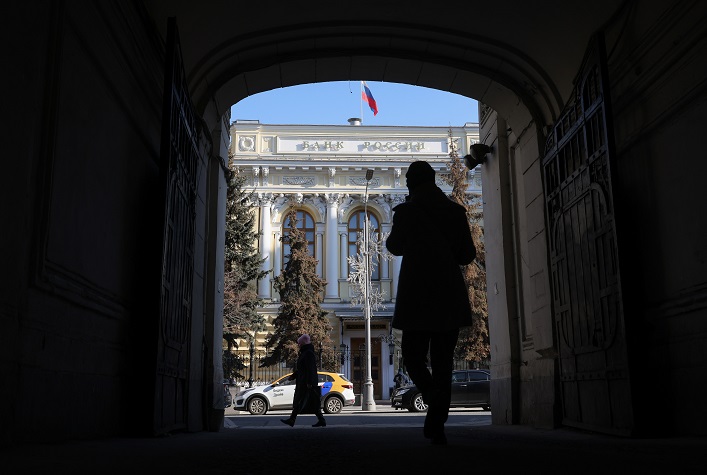The EU has taken a small step towards fulfilling its pledge to “make Russia pay” for the war in Ukraine, agreeing to use the proceeds from frozen Russian assets to provide Kyiv with about €3B this year.
At the same time, the Washington Post points to a new push to unlock a much larger part of the nearly $300B in Russian assets in response to Ukraine’s serious problems and amid questions about further US funding. This week, US Treasury Secretary Janet Yellen will try to rally finance ministers of the G7 countries around proposals to squeeze more money out of the Russian assets. One of the ideas proposed by the US is for the G7 countries to provide Ukraine with tens of billions of dollars secured by future profits from the frozen assets.
In an interview with Sky News, US Treasury Secretary Janet Yellen emphasized that G7 countries can support Ukraine’s military efforts by providing up to $50B in loans related to seized Russian assets.
